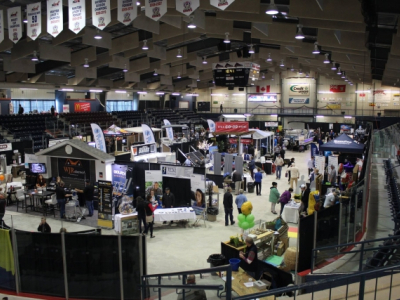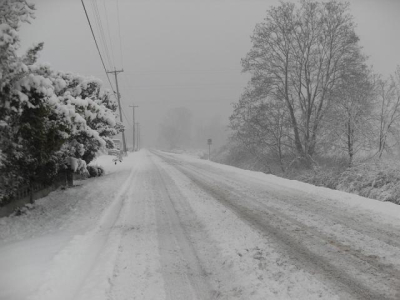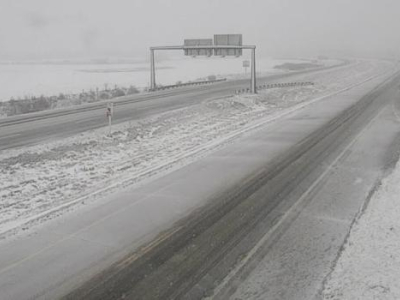The seeding season has wrapped up for the year.
Many of the extended seeding periods have now come to a close, and as much seeding has been completed as possible, with some areas left unseeded due to the lingering moisture.
Severe storms and isolated heavy rains hit much of the province, with the Central, Interlake, and Southwest regions getting the most rain.
Precipitation has been in no short supply, as even the dryest location has seen up to 111% of its expected rainfall.
Warmer temperatures are desired now though, as much of the province is short on the average amount of growing degree days for this time of year.
Speaking of growth, the crops that have been planted are moving along well. winter crops have seen some rapid advancement, and early-planted spring crops are emerging well.
Fall rye stands are at the soft dough stage, and winter wheat heads have fully emerged and flowered with fungicide applications for Fusarium head blight being completed.
Spring wheat and oats are averaging between the 3-leaf and stem elongation stage, and barley ranging from, 3 leaves to awns emerging. Corn is also in the V4-V6 Stages.
Canola growth stage ranges from the rosette stage to bolting stages, but the earliest fields began flowering early last week in the Central region. Growth stages ranging from cotyledon to rosette/cabbaging have been reported in the Interlake and Eastern regions.
Sunflowers are at the V6 to V8 growth stage. Flax crops ranged from growth stage 4 to 5.
Pulses and Soybeans are moving along well, but soy fields are hurting from warming weather for some critical growth.
Field peas are at the 8 to 10-node stage, with some flowering in the Central region, and Dry beans are in the first to second trifoliate stage.
The soybean growth stage ranges from cotyledon to the second trifoliate stage, and Iron deficiency chlorosis has started to show in some fields.
Forage crops are seeing some success so far Roughly 60% of dairy producers in the Eastern region have completed first-cut harvest of alfalfa fields. Beef producers are hoping to follow suit as soon as the weather allows. Hay stands are maturing quickly, however daily rain showers are making field access difficult and do not allow for sufficient drying time of cut forages.
There may be a significant amount of feed harvested as round bale silage this year given that weather conditions are making it difficult to put up good quality dry hay. Several producers in the Eastern region are concerned about the quantity and quality of harvested feed that will be available for the upcoming winter
Silage has been a good option for producers to shorten the period needed for drying hay, and some producers have switched from hay production to silage.
Cattle are quite happy in the pastures, as the growth therein has been excellent. there is some concern in low-lying areas however that excess traffic could damage the soft, wet soil.
Despite flies and foot rot, cow-calf are in good health, and bulls are being introduced to the herds. dugouts are well full, with some standing water left in ditches as well.
a bit closer to home in the northwest region, we had a generally better week of weather conditions. The weekend brought precipitation to most of the region, with some localized amounts being quite heavy. Areas receiving the most precipitation were already saturated.
The highest precipitation was at the Ashville and Keld stations at 45mm, and no precipitation was reported at The Pas station.
The challenges of all this water include unseeded acres, standing water in crops, and the inability to apply pesticides. Frequent high winds have also hampered pesticide applications.
Field peas are continuing in the vegetative stage and are looking good for the most part. The majority of spring wheat is in the tillering stage and is looking good so far.
Canola crops continue to be quite varied. While some reseeded/late-seeded canola is just emerging, the earliest-seeded canola is in the pre-bolt stage.
Flea beetle pressure continues and requires multiple insecticide applications.
Herbicide applications are ongoing as stages are reached however, wind and wet conditions continue to challenge timely applications.
Soybean crops are mostly in the first trifoliate stage. Winter wheat and fall rye crops are advancing and headed out.
With Seeding all but wrapped up for the year, and ample moisture in the soil, what we need now is a week-long stretch of warm, sunny days to bolster crop growth, and allow the other work in the fields to be completed.
Until next week, here's wishing you a safe, productive year, and some optimal weather to come.







